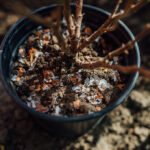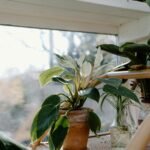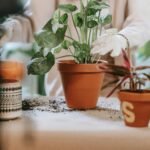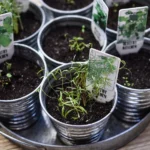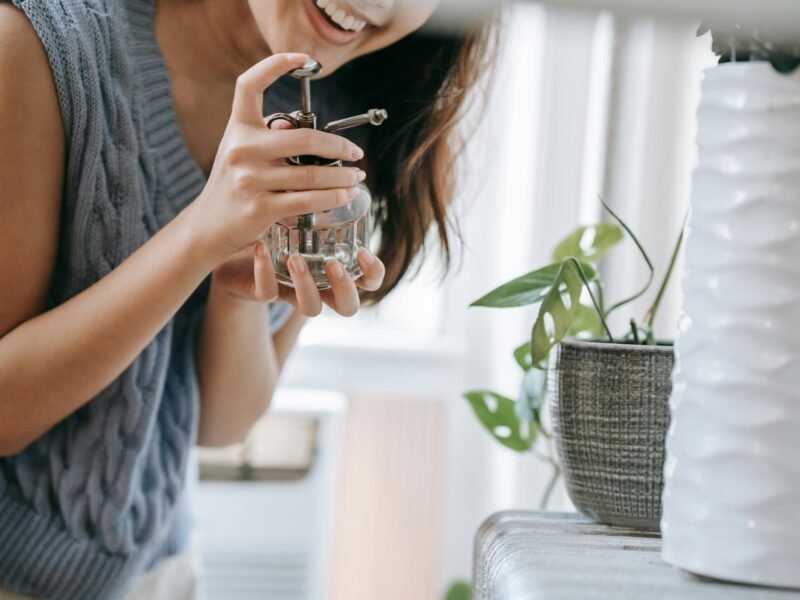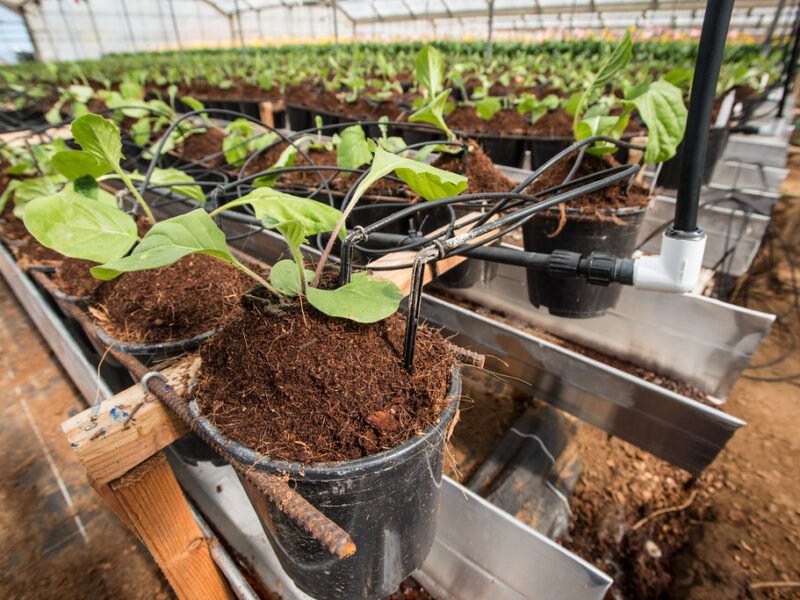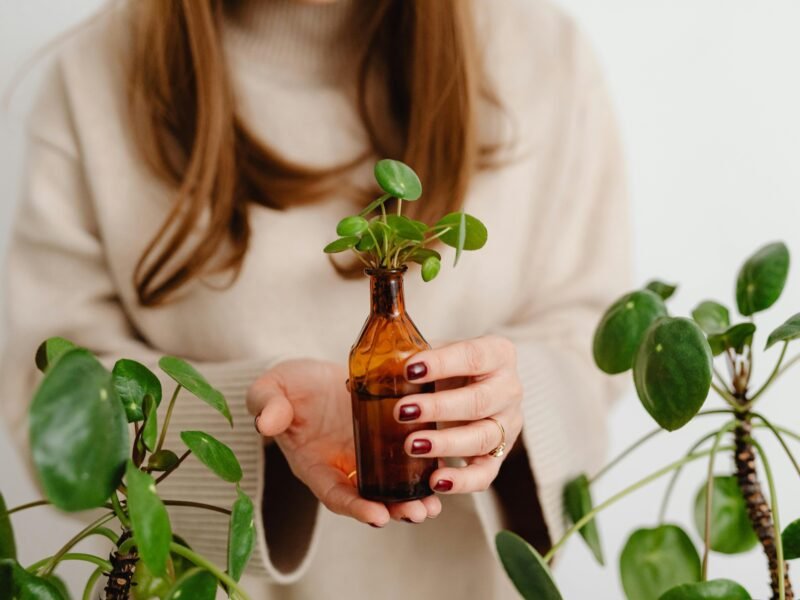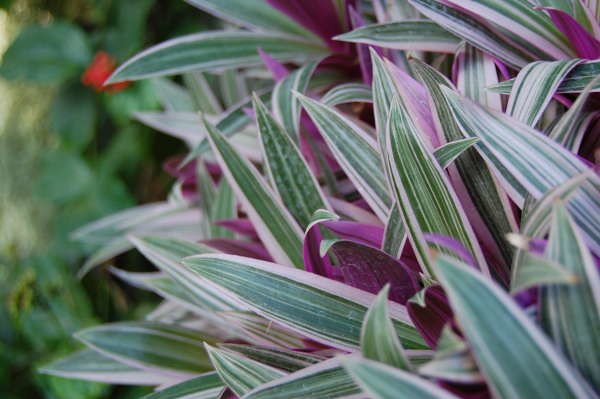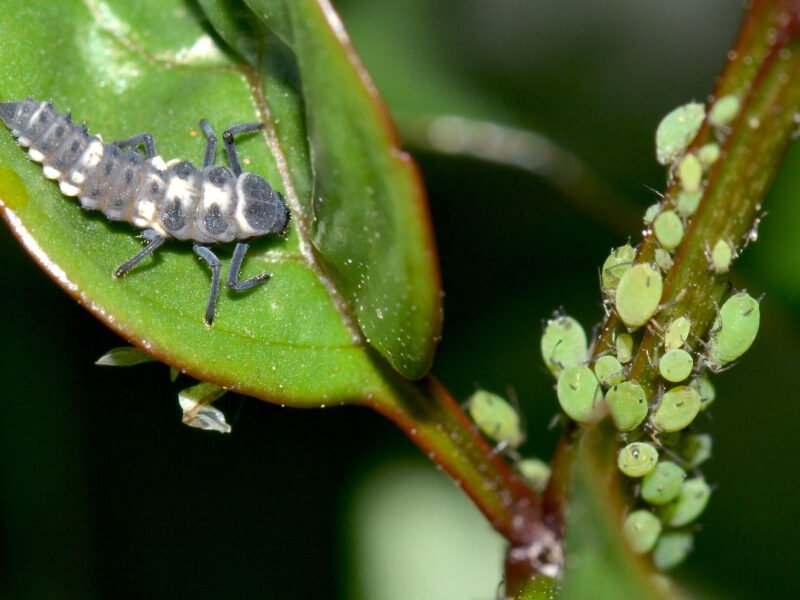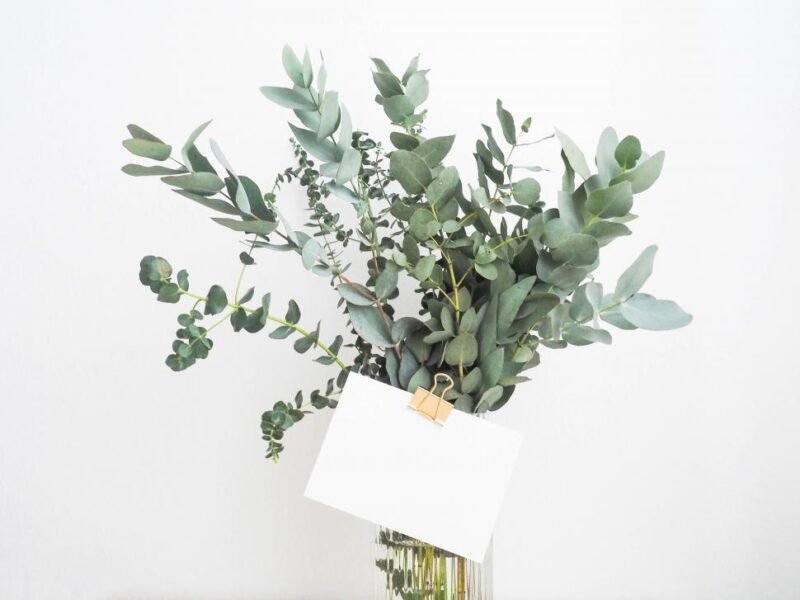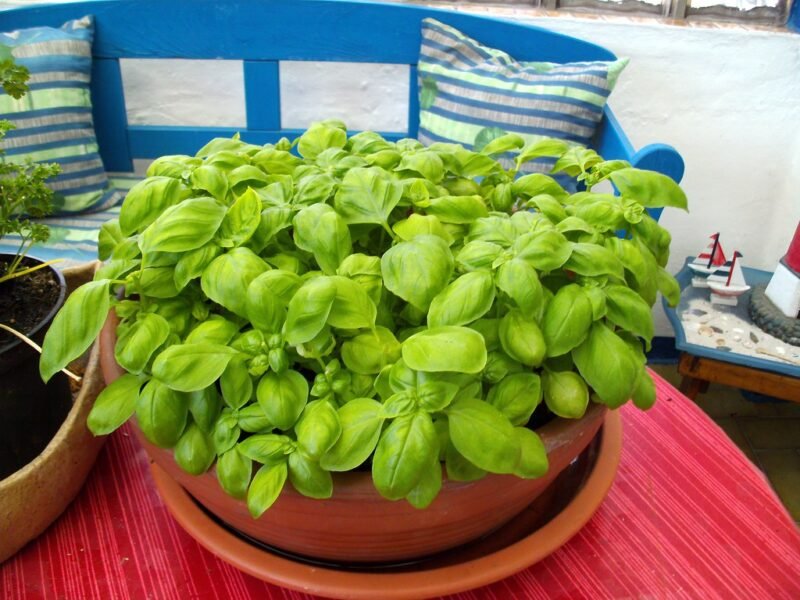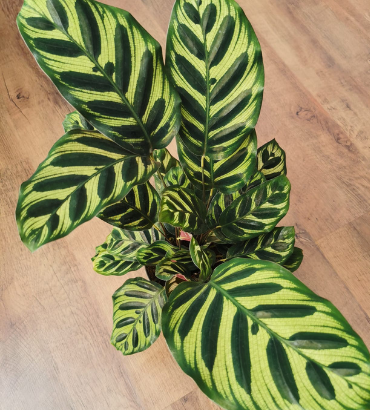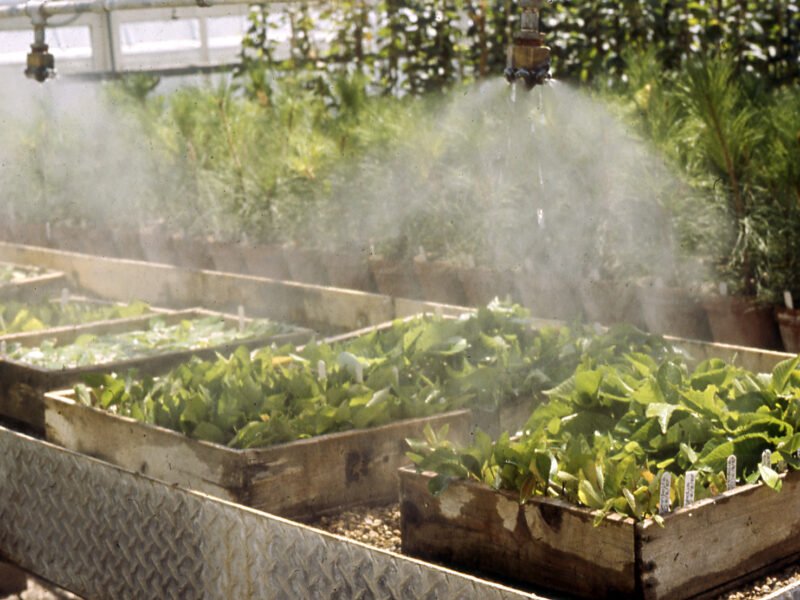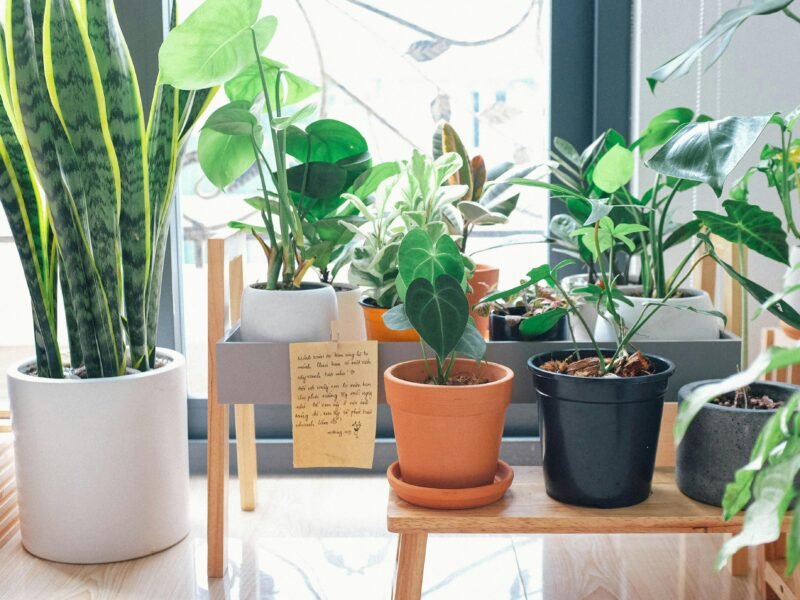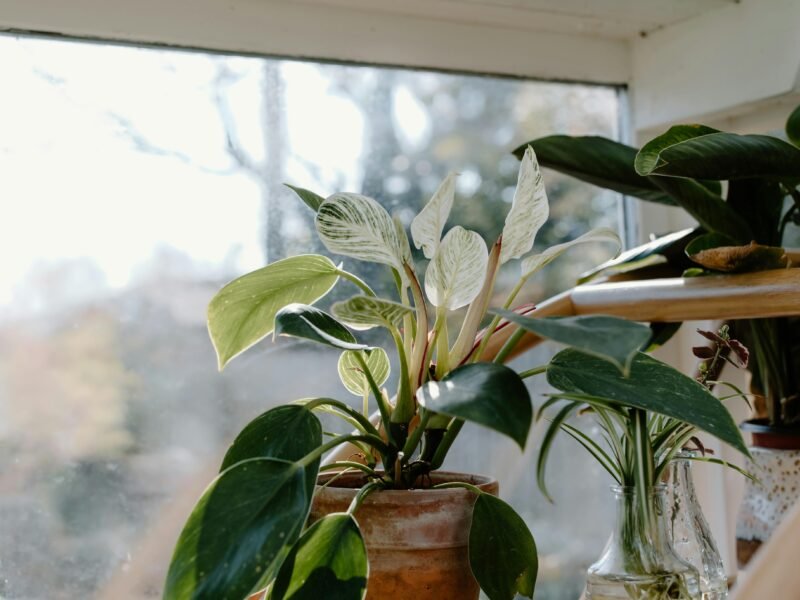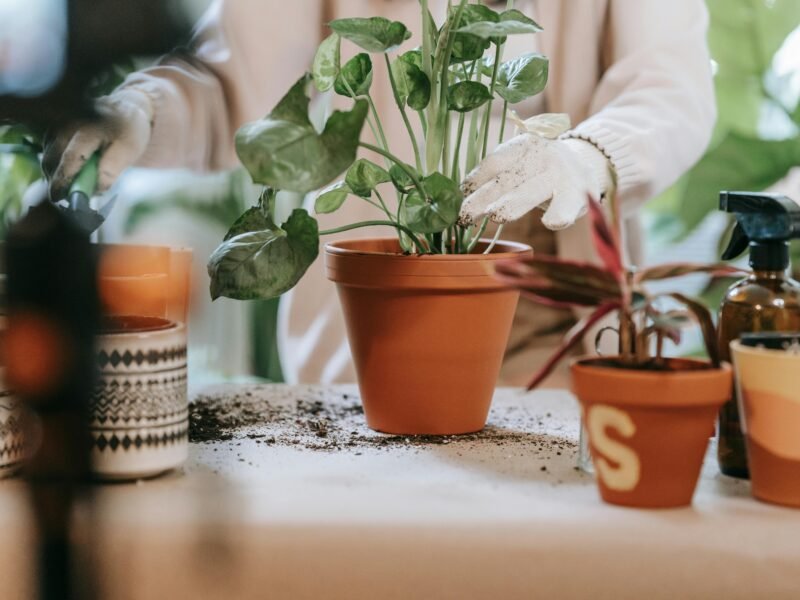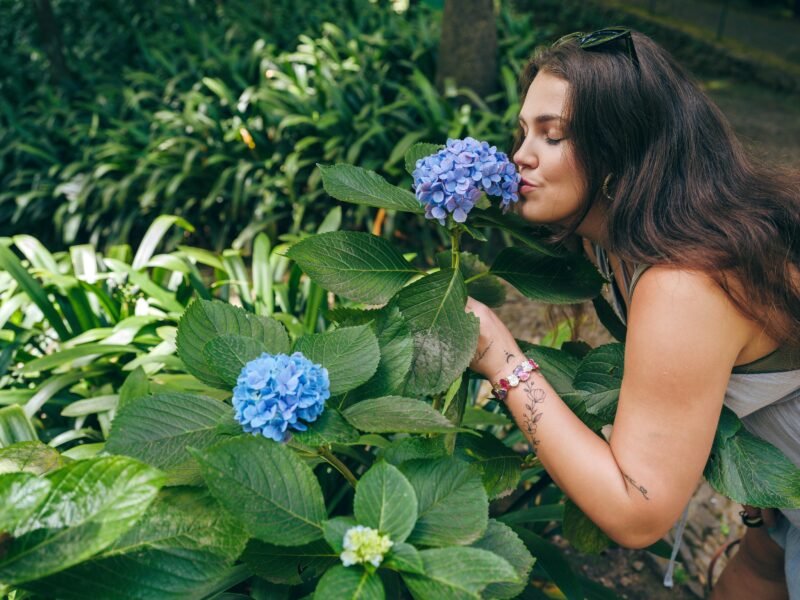Unusual Houseplants – Adding the Unique to Your Home
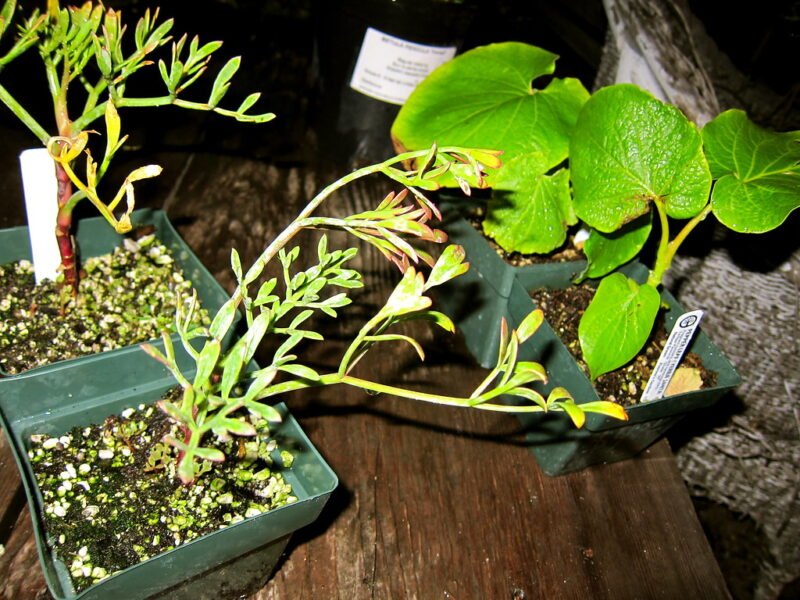
Just like office furniture, plants have served as a way to bring nature into the home for years now, but there is nothing better than unusual houseplants. Unusual houseplants, characterized by their unique shapes, colors, or behaviors, represent a departure from the conventional varieties commonly found in most homes. These amazing plants, many of which are taking on more exciting incarnations, such as a plant that resembles a stone or a plant that licks your back, are sure to captivate not only horticulturists but also plant enthusiasts in general.
Opting for incomparable houseplants brings a hint of intrigue and amazement to your indoor locale. Shutters, in addition to delivering in spades on the aesthetic front, also indicate who you are and that you have an eye for all things special. Conversation-starter plants, or simply your route to diversifying that plant collection of yours, these one-of-a-kind specimens will turn any space into a living display of nature’s handiwork. In this article, we are going to explain more about rare and exotic houseplants in detail: why people like these so much now, and what makes them a magical place for the gorilla in your life.
Adding greenery and life to indoor spaces. We are all familiar with standard houseplants such as ferns, succulents, and spider plants, but there are also a variety of unusual plants available. These unique plants give your home a different look and surprise you visually. As a result, we are going to discuss some of the unusual houseplants in this post, what they need, and why anyone who loves plants should have one.
Table of Contents
ToggleWhy Pick Unusual Houseplants?
Before delving into the various types of unusual houseplants, it’s crucial to understand the fundamental reasons behind their recent decline. These plants:
Makes for a great conversation starter: The unique shapes and colors of many exotic houseplants naturally make them a standout piece in the room. Rarely found and unique-looking, they make for desirable fish that stand out to onlookers in the room.
Add Character: Picking plants that not everyone has, with a cool twist, allows you to show your personality. Each plant has its quirks and special qualities, making your indoor garden uniquely yours.
Create Fun Problems: Some of the more unique houseplants have very specific care instructions. This is an intriguing challenge that enhances the depth of amateur botany and provides greater satisfaction as the plants flourish.
So, let us explore some of the most intriguing and seldom-found unusual houseplants that you can keep at home.
Lithops (living stones)
LithopsCris, Commonly Known As Living Stones, are one of the most unusual types of houseplants. These are plants that are native to the dry landscapes of Southern Africa and have come to look like stones as a means of protecting themselves from herbivorous browsing. They have plump succulent leaves that grow as twins, and a cleft opens up to reveal finely patterned blooms from late summer.
How to care: Lithops are sun-loving plants that require only a small amount of water. Always be careful not to overwater, as they are extremely prone to root rot.
Survival: They are a completely necessary, well-draining soil mix.

Mimosa pudica
Commonly referred to as the Sensitive Plant. Mimosa pudica is also known as the touch-me-not-plant. It is a real-time interactive indoor plant. The most peculiar aspect of Mimosa pudica is its ability to stand up and move around. Its leaves fold inward and droop when touched, serving as a defense mechanism against predators. In a few minutes, the plant will reopen for the next curious hand.
How to Care: Sensitive Plants like bright, indirect sunlight, and the soil should always be lightly wet. Since it is a tropical plant, one must also be able to reproduce these conditions, a warm and humid climate
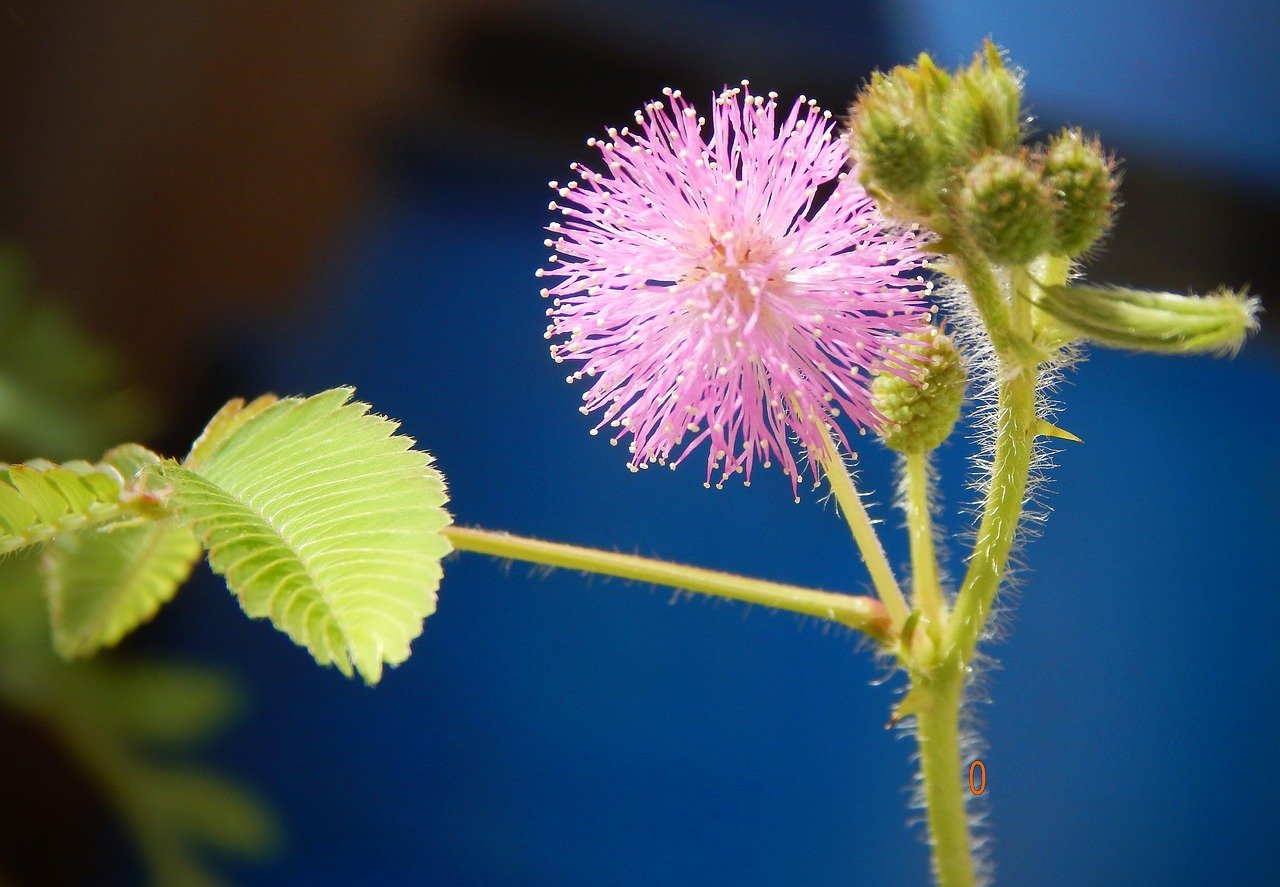
Tillandsia (Air Plants)
One of the unusual houseplants, air plants (Tillandsia), can grow without soil. These water- and nutrient-loving epiphytes will simply sit neatly within your wheelbase until you display them in one of the many creative ways invented by gardeners, such as mounting them on wood (above) or putting them in little glass containers.
Care Tips: You can mist air plants regularly or soak them in water for a few hours each week. They require bright, indirect light. They are from the same plant family as Agvaceae and thrive in areas with good air circulation. You may like to know more about begonia here.
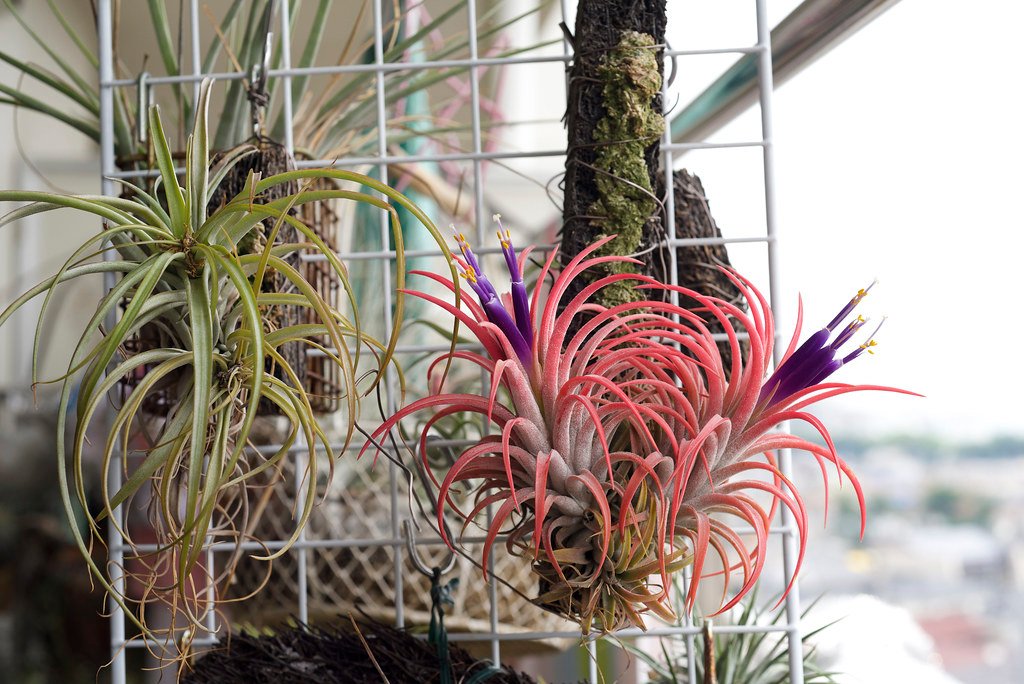
Swiss Cheese Vine
The Monstera genus is quite popular due to its fenestration, but Monstera obliqua surpasses all the others. This plant’s fenestrations, which are much more intense than those of its relatives, mainly Monstera deliciosa, justify the name of the Swiss cheese vine. With its paper-thin lacy structure, Monstera obliqua is one of the oddest houseplants you can buy.
This monstera enjoys humid environments and intermediate light. It prefers consistently moist roots and requires a moderate level of air moisture.
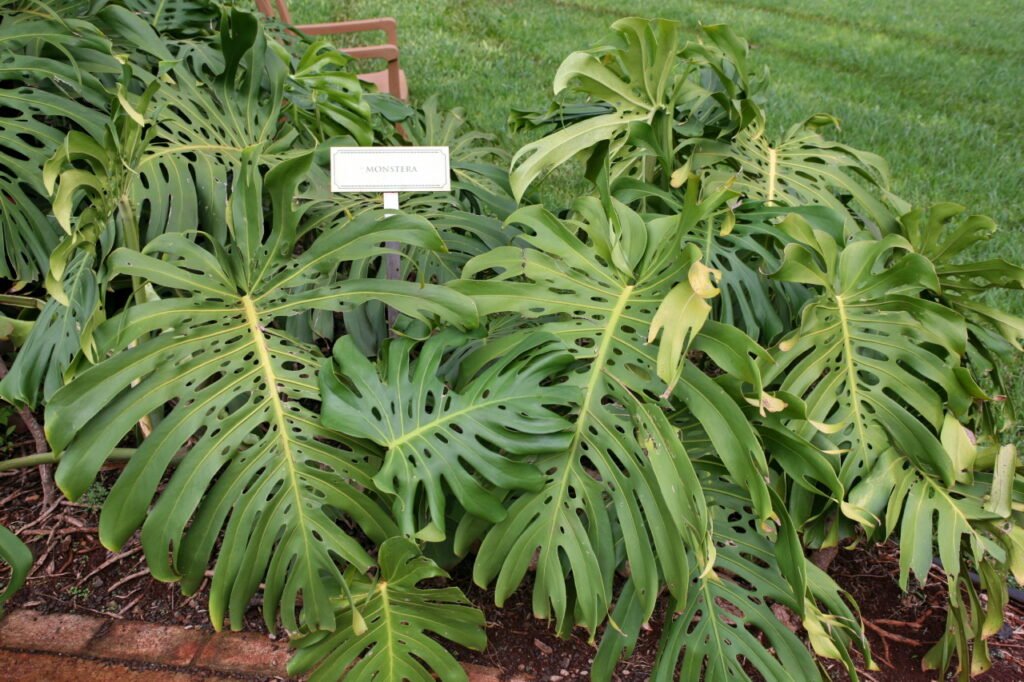
Venus Flytrap
One of the most obvious unusual houseplants is the Venus flytrap also known as (Dionaea muscipula). The Dionaea muscipula distinguishes itself not just through its looks but also via its bizarre eating habits. Each snare has a tiny hair that activates the shutting mechanism once a fly comes into contact with it. Once this occurs, it takes a few days for the plant to fully absorb the instructions.
They yearn for powerful illumination and artificial or rainwater; during the colder season, they must live in a dark room.

Trachyandra tortilis
Trachyandra tortilis Despite being a succulent, some consider it an unusual houseplant due to its unusual shape. The curly leaves resemble corkscrews, attracting attention wherever they land. This succulent comes from South Africa and is extremely popular because of its dramatic, sculpture-like shape.
Place this plant in a regular water environment near moderate light and ensure the soil drains well. It can bear periods without water.
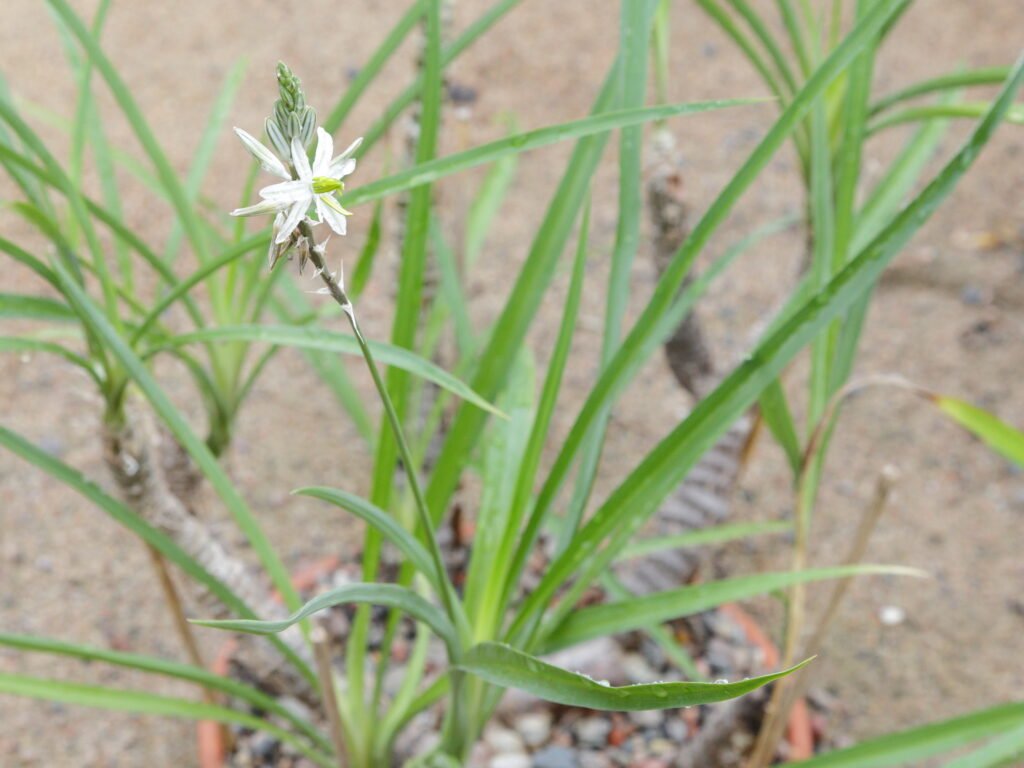
Baseball Plant
Baseball Plant which is also known as Euphorbia obesa looks precisely what one would expect: a ball-shaped succulent, more than that, it appears just like a small cactus. It is a South African plant, and as a result, it remains sterile and maintains the original shape throughout its existence.
Care Tips: Sunlight: bright light Watering occurs only when the soil is completely dry. Make sure that you get it in well-draining soil, such as cactus mix, so the roots don’t rot!

Stromanthe Triostar
Stromanthe triostar, a tropical plant with particularly gorgeous variegated leaves. When grown in bright light, the leaves get a mix of pink, white, and green, creating one of the coolest-looking houseplants around. The leaves close in the darkness at night to reveal their vibrant pink undersides.
Care Tips: Stromanthe triostar does best in indirect light and needs room humidity to remain its brightest self. Make sure the soil stays evenly moist, but do not let it stand in water-saturated soil.

Mistletoe Cactus
Rhipsalis baccifera, commonly known as the mistletoe cactus, is a naturally epiphytic cactus with long, spaghetti-like stems. We’ve previously discussed this plant’s growth habit, but unlike most traditional cacti, these guys prefer a bit less light and grow in a cascading manner, making them perfect for a hanging basket.
Care: Depending on the variety, mistletoe cactus prefers indirect light to bright sun and requires regular watering, particularly during warmer months. But be sure the pot can properly drain out excess water—no soggy roots allowed.
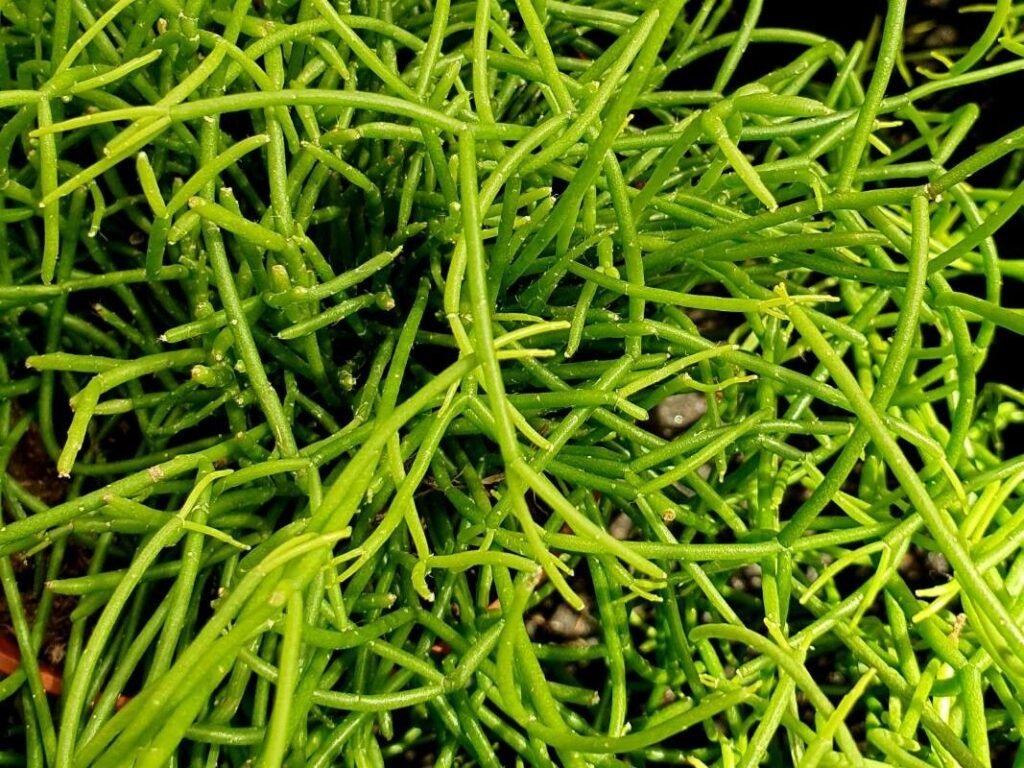
Clusia Rosea (Autograph Tree)
The thick, leathery leaves of the autograph tree, which one can engrave with a nail to read a name or message, give rise to its name. The houseplant, with a wide range of growing conditions, is one of the more odd houseplants.
Care Tips: How to take care of them? They prefer regular moisture during the warmer months, which helps the plant grow.
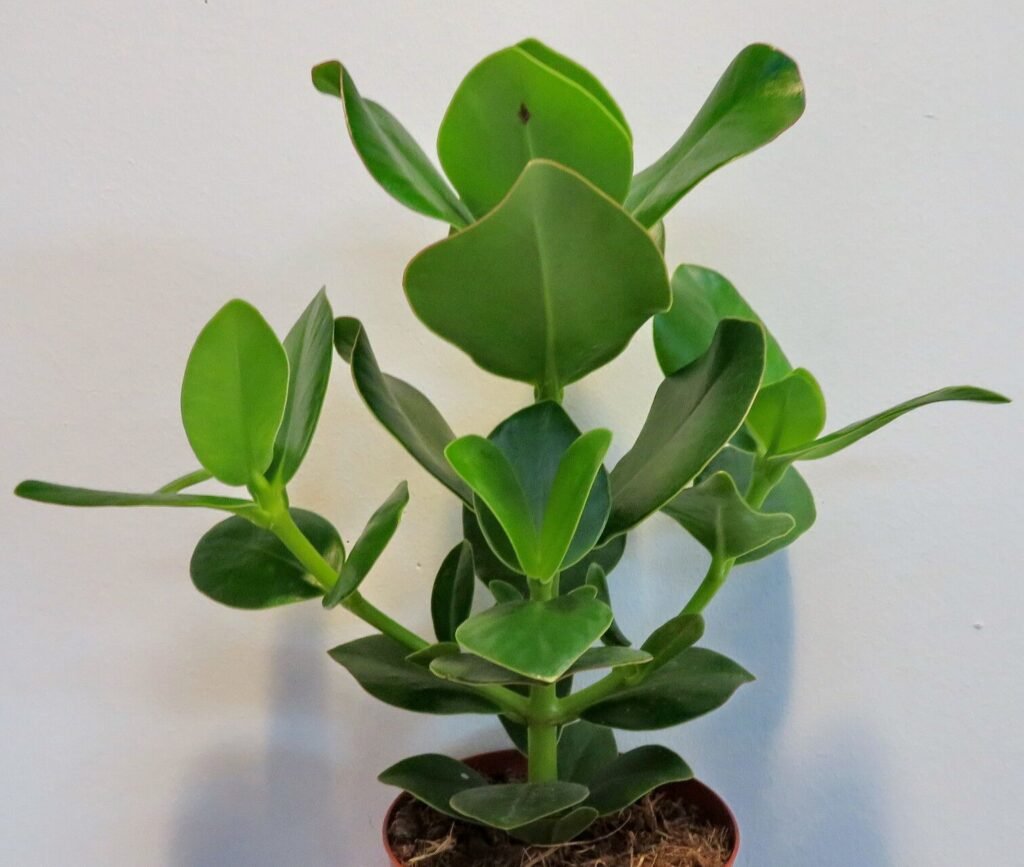
Final Thoughts on Unusual Houseplants
These houseplants not only contribute to aesthetic value, but also add that little pinch of surprise and wonder to your interiors. So whether you want to introduce some whimsy with a Mimosa pudica or make a statement with an amazing Monstera obliqua, these plants will add drama to your indoor garden.
While it is indeed fulfilling, taking care of those houseplants is problematic because each variety has its battle. Given the proper understanding and attention, you can bring their exotic beauty into your home in a very special way. Read more about unusual houseplants here.
When you pick the unusual houseplants, you are not just getting greenery, but rather adding some persona, mystery, and the outlandish. By the Seasoned Pro or novice newbie plant mom, if you’re looking to sprinkle something in a little bit special, these rare plants are that hit of funky jazz you need in your indoor garden.
Most Viewed
Latest Articles



